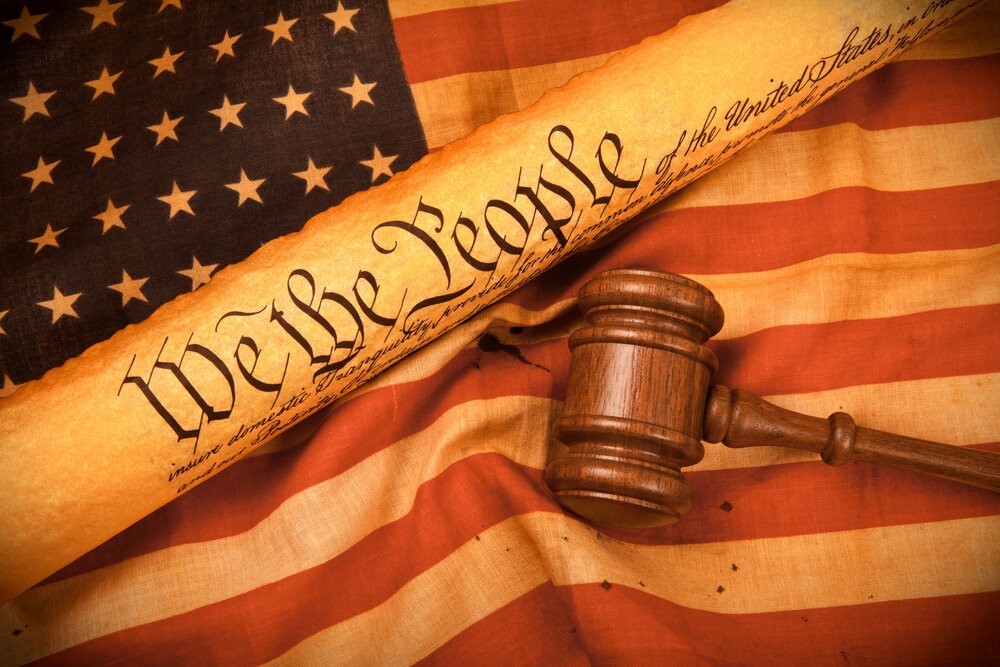
Revolutionary War Rarities
As you might imagine from our name, Revolutionary War Rarities is about rarely known facts and stories that occurred within the American Revolution. All episodes are between 8-10 minutes long so they are fast, fun and full of trivia. A new episode will be released every two weeks. If you are interested in the less known history and people of the American Revolution, then this is the podcast for you. If you don't have a lot of spare time to learn, this is also the podcast for you. This is the podcast of the "Sons of the American Revolution". We are all direct descendants of individuals who served during the American Revolution. Please subscribe and enjoy!
Episodes

4 days ago
4 days ago
What were our Founding Father's doing 250 years ago around Christmas? Join us today by clicking on the picture below where we explore this question with our President General Michael J. Elston. Merry Christmas from Revolutionary War Rarities and The Sons of the American Revolution.

Sunday Dec 07, 2025
Sunday Dec 07, 2025
In today’s episode we explore one of the most significant engineering feats of the American Revolution. A “Great Chain” that was designed to protect the Hudson River from being taken by the British was deployed at West Point and played a major role in the ultimate victory by the Americans. We hope you enjoy this episode of Revolutionary War Rarities, the podcast from the Sons of the American Revolution.

Sunday Nov 23, 2025
Sunday Nov 23, 2025
Today, we stay on Lake Champlain where we visit the Lake Champlain Maritime Museum and discuss the importance of that lake on the American Revolution. Join Guest Host Roger Williams and Executive Director Chris Sabick as we discuss Lake Champlain and the battles fought on that critical resource. Revolutionary War Rarities is the podcast from the Sons of the American Revolution.

Sunday Nov 16, 2025
Sunday Nov 16, 2025
On November 17, 1775 began the actions of the Noble Train of Artillery in the American Revolution. This ultimately resulted in the British evacuation of Boston. Make sure and check out this episode of Revolutionary War Rarities with special guest Dr. Matt Keagle, Curator at Fort Ticonderoga. We are the podcast from the Sons of the American Revolution.

Sunday Nov 09, 2025
Sunday Nov 09, 2025
Hawaii was not known to our Founding Father’s. But what our Founding Father’s did had a significant impact on the Kingdom of Hawaii shortly after the American Revolution. So, make sure and listen to this episode of Revolutionary War Rarities; “Aloha from Hawaii”.

Sunday Oct 26, 2025
Sunday Oct 26, 2025
Join us today for the finale in the 3-part series on “West Florida”. This series is endorsed by the Florida, Alabama, Mississippi and Louisiana 250th Commissions and we are thankful for that endorsement. We hope you enjoy today’s episode of Revolutionary War Rarities, the Podcast from the Sons of the American Revolution.

Sunday Oct 12, 2025
Sunday Oct 12, 2025
Today Revolutionary War Rarities visits The Benjamin Franklin House in London, England where we learn more about this home and Franklin's life in England prior to the American Revolution. You can watch this week's episode by clicking on the picture below. We are the podcast from the Sons of the American Revolution.

Sunday Sep 28, 2025
Sunday Sep 28, 2025
Today's episode of Revolutionary War Rarities is episode 2 in our 3-part series on West Florida and this one is titled "The War in the Gulf South". This series is endorsed by the Florida, Alabama, Mississippi, and Louisiana 250th Commissions so we hope that you will watch this episode and learn more about the American Revolution outside of the original 13 colonies. Just click on the picture below. Thank you for watching Revolutionary War Rarities, the podcast from the Sons of the American Revolution.

Sunday Sep 14, 2025
Sunday Sep 14, 2025
There is tremendous Revolutionary War history in the Great State of Connecticut. Today we touch on just a part of that incredible history as we visit Mystic, New London, and Groton, Connecticut. Join us, along with our Guest Host Mr. Jacob Vink, as we discuss The Provision State and it's critical role in our revolution by clicking on the picture below.

Sunday Aug 31, 2025
Sunday Aug 31, 2025
Today we begin a 3-part series on West Florida which is endorsed by the Florida and Alabama 250th Commissions. Numerous areas claim “ownership” of the title “The 14th Colony” and West Florida is certainly one of them. So, we hope you enjoy this 3-part series of Revolutionary War Rarities, the podcast from the Sons of the American Revolution. Please make sure and subscribe to our YouTube Channel, follow us on Instagram, join our Facebook Group, subscribe on your favorite podcast application, and check out our website at fastfunhistory.com.



